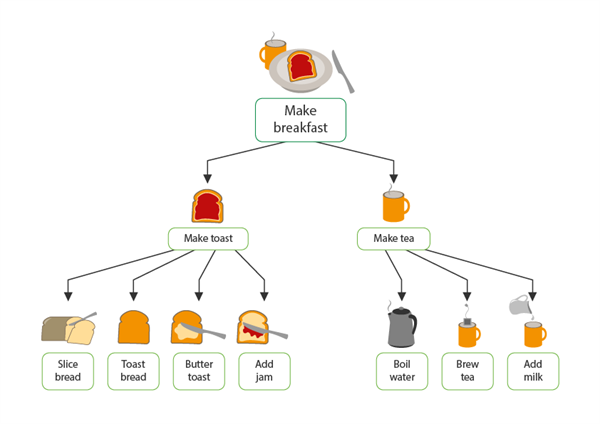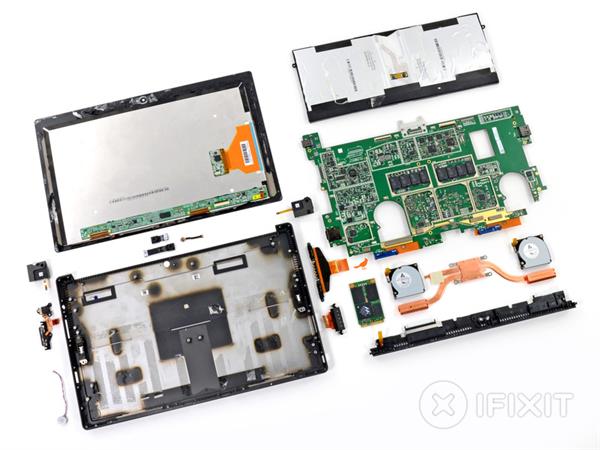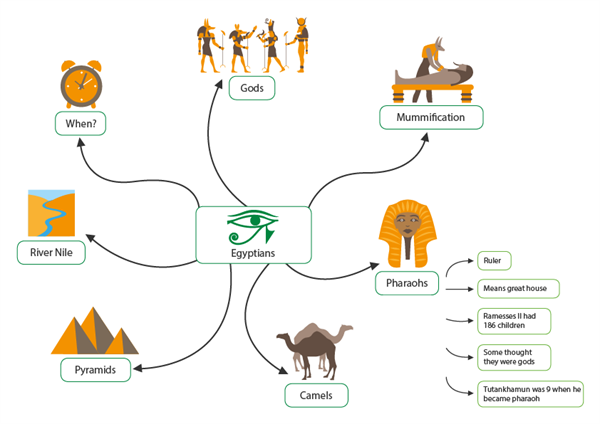Αρχική » 5. decomposition
Αρχείο κατηγορίας 5. decomposition
Dimensions of Computational Thinking in COMPUT project
 When we started working on the project Computational Thinking at School, our plan was to study the following dimensions of Computational Thinking
When we started working on the project Computational Thinking at School, our plan was to study the following dimensions of Computational Thinking
- creative problem solving
- algorithmic approach to problem-solving
- problem solution transfer
- logical reasoning
- abstraction
- generalization
- representation and organization of data
- systemic thinking
- evaluation
- social impact of computation
While working on the dimensions, it proved that we had to follow a different categorization. The dimensions 1. creative problem solving, 8. systemic thinking and 10. social impact of computation are studied together with Computational Thinking and approaches to Computational Thinking. The dimensions 3. problem solution transfer and 6. Generalization were included in the new dimension pattern. A new dimension, decomposition was added.
The dimensions of Computational Thinking that will be studied are the following
- algorithms
- pattern
- logical reasoning
- abstraction
- decomposition
- evaluation
The categorization follows Barefoot Computing at school
BBC Decomposition example: creating an app
Decomposing creating an app
How would you decompose the task of creating an app?
To decompose this task, you would need to know the answer to a series of smaller problems:
- what kind of app you want to create
- what your app will look like
- who the target audience for your app is
- what your graphics will look like
- what audio you will include
- what software you will use to build your app
- how the user will navigate your app
- how you will test your app
- where you will sell your app
This list has broken down the complex problem of creating an app into much simpler problems that can now be worked out. You may also be able to get other people to help you with different individual parts of the app. For example, you may have a friend who can create the graphics, while another will be your tester.
BBC Decomposition in practice
Before computers can solve a problem, the problem and the ways in which it can be resolved must be understood. Decomposition helps by breaking down complex problems into more manageable parts.
Decomposition in practice
Example 1: Brushing our teeth
To decompose the problem of how to brush our teeth, we would need to consider:
- which toothbrush to use
- how long to brush for
- how hard to press on our teeth
- what toothpaste to use
Example 2: Solving a crime
It is only normally when we are asked to do a new or more complex task that we start to think about it in detail – to decompose the task.
Imagine that a crime has been committed. Solving a crime can be a very complex problem as there are many things to consider.
For example, a police officer would need to know the answer to a series of smaller problems:
- what crime was committed
- when the crime was committed
- where the crime was committed
- what evidence there is
- if there were any witnesses
- if there have recently been any similar crimes
The complex problem of the committed crime has now been broken down into simpler problems that can be examined individually, in detail.
BBC Decomposition
Before computers can solve a problem, the problem and the ways in which it can be resolved must be understood. Decomposition helps by breaking down complex problems into more manageable parts.
What is decomposition?
Why is decomposition important?
If a problem is not decomposed, it is much harder to solve. Dealing with many different stages all at once is much more difficult than breaking a problem down into a number of smaller problems and solving each one, one at a time. Breaking the problem down into smaller parts means that each smaller problem can be examined in more detail.
Similarly, trying to understand how a complex system works is easier using decomposition.
For example, understanding how a bicycle works is more straightforward if the whole bike is separated into smaller parts and each part is examined to see how it works in more detail.









